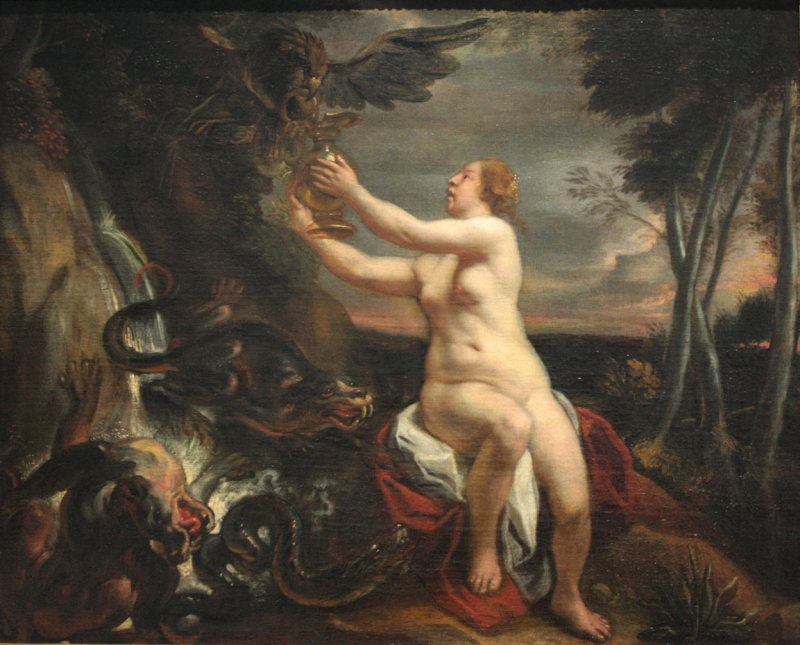Cynosarges and Sicyon Were Places Dedicated to Hebe

Hebe was closely linked to spring. It symbolizes the transition from spring to autumn. Hebe, the goddess of youth, is also mentioned in this narrative. She has a cult and one temple because she is the goddess of youth and the prime of life. In Athens, Cynosarges was a temple that had an altar dedicated to Hebe. Heracles' and Alcmene and Iolaus' joint altars, as well as gymnasiums, were also present in the sanctuary.
Aelian claimed that Hebe and Heracles shared an altar at the temples. There was a waterway separating the temples. Hebe's sanctuary held hens, while Heracles' temple was home to roosters.
One of Hebe's favorite spots was Sicyon. There, she had a temple built in her honor that served as the hub of her cult. The Phliasians lived close to Sicyon and revered her.
Hebe was also known as the goddess of forgiveness or pardons. The Phliasians paid homage to the goddess by forgiving petitioners. Freed prisoners would then hang their shackles in the holy grove of her temple at Phlius.








